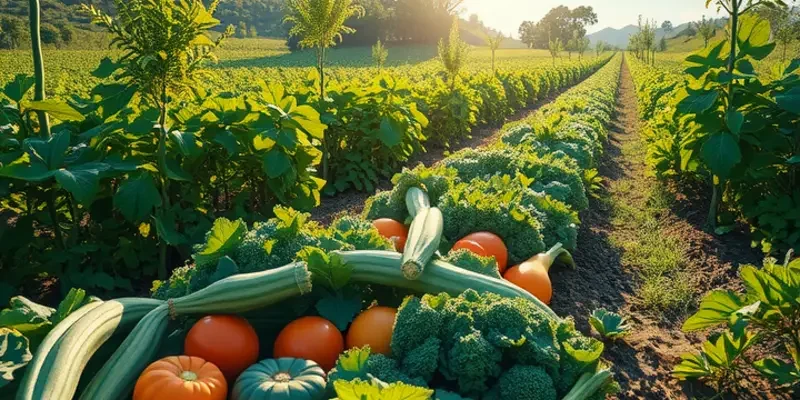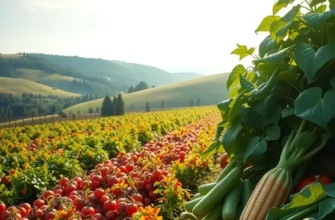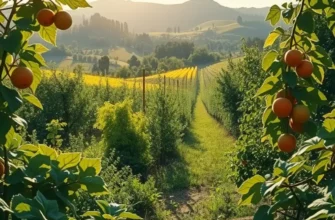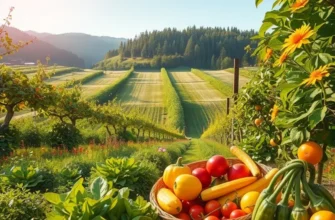Reducing food packaging waste is essential for a more sustainable lifestyle. With the right strategies, you can safely store food, manage your inventory efficiently, and significantly cut down on waste. This guide offers actionable tips to empower you to make a positive impact on your home and the environment.
The Art of Food Preservation
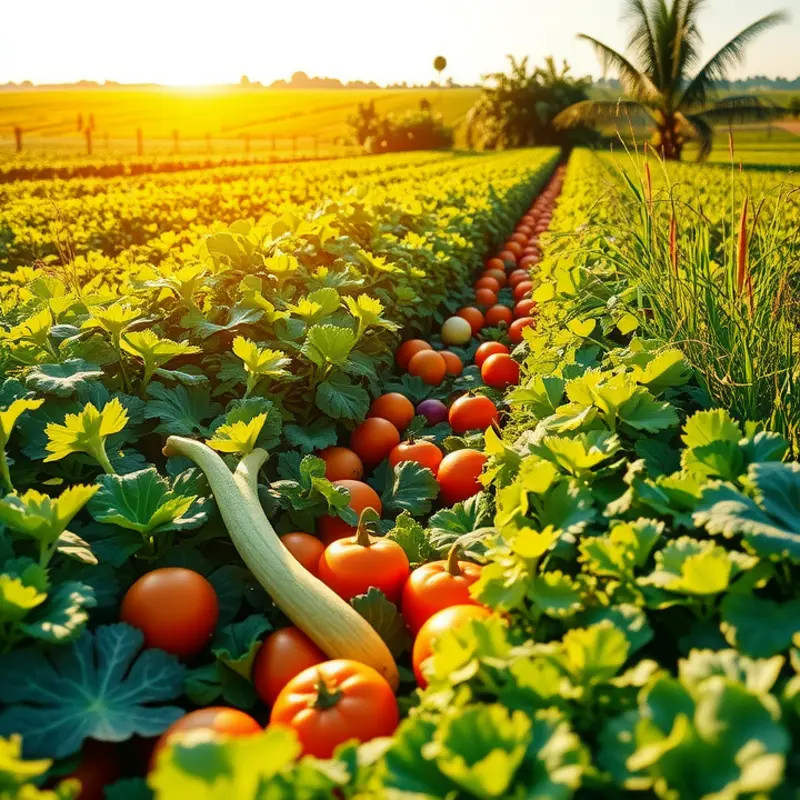
Preserving food is not just a survival tactic—it’s an art form that blends tradition with sustainability. By mastering time-tested techniques like canning, dehydrating, and using glass containers, we can significantly cut down on disposable packaging waste while keeping our food fresh longer.
Perhaps the most well-known preservation method is canning. This involves sealing food in airtight containers and heating them to kill bacteria. While it might sound daunting, canning is accessible with the right equipment and a little practice. Start with high-acid foods like tomatoes and pickles, which are easy to process and store. Making your own preserves reduces reliance on store-bought products that often come with non-recyclable packaging. Explore guidance on low waste cooking prep to integrate this technique seamlessly into your routine.
Glass containers offer a versatile and eco-friendly alternative for storing an array of food items. Unlike plastic, glass is non-reactive, meaning it doesn’t absorb odors or colors. Its transparency ensures you can easily keep track of contents, minimizing forgotten leftovers. Opt for containers with airtight seals to maximize freshness. While the initial cost might be higher, investing in durable, reusable containers pays off by reducing the frequency with which you need to replace them.
Dehydrating foods is another method that extends shelf life without the need for preservatives. By removing moisture from fruits, vegetables, and even meats, you create long-lasting snacks and ingredients that can be rehydrated later. Dehydrated products take up less space and don’t require refrigeration, easing dependence on energy-intensive storage solutions.
Freezing is an efficient way to preserve a vast range of foods. Utilizing reusable silicone bags or freezer-safe glass jars helps keep your freezer organized, again cutting down on single-use plastic. Blanching vegetables before freezing them can lock in nutrients and maintain texture, ensuring they remain flavorful once thawed.
Fermentation is a creative preservation technique that not only extends shelf life but also enhances nutritional value. While traditionally associated with foods like sauerkraut and kimchi, fermentation can be applied to a wide range of ingredients, from fruits to grains. The process develops probiotics, contributing to gut health while offering complex flavors that enrich meals.
With these diverse preservation techniques, we can consciously reduce our reliance on packaged goods. While implementing these methods requires an initial learning curve, it turns routine kitchen activities into rewarding endeavors. The result is a kitchen that functions with less waste and embraces sustainable storage practices, aligning perfectly with eco-friendly living goals.
Harnessing the art of food preservation not only transforms our approach to managing food waste but also breathes new life into traditional culinary practices. This journey toward less waste and more sustainable homes begins with small changes. As you become more adept at these methods, they naturally integrate into your cooking rhythm, offering a fulfilling way to embrace sustainability in your daily life.
Smart Food Management Techniques

Implementing smart food management techniques can drastically cut down on packaging waste at home. A well-organized kitchen not only streamlines cooking but also reduces the need for unnecessary purchases that often come enveloped in layers of single-use plastic or cardboard.
Start with meal planning. By dedicating time each week to plan meals, you can ensure every ingredient serves a purpose. Plan meals that share similar ingredients, reducing the need for multiple types of packaging. A weekly meal plan also helps in resisting impulse buys and makes it easier to stick to a grocery list, which limits extra packaged items.
Inventory checks in your kitchen are crucial. Knowing what’s on hand is the first step in reducing waste. Regularly check your pantry, fridge, and freezer to see what items need to be used soon or what staples might be running low. An organized inventory allows you to quickly assess which items need to be prioritized. This can be especially useful as you explore recipes designed to use up leftover ingredients creatively.
Leftovers are powerful tools in waste reduction. Transform them into new meals. With a bit of creativity, last night’s dinner can evolve into today’s lunch. Consider making soups, stews, or stir-fries that meld together various leftover elements. This strategy isn’t just about making the most of what you have; it also reduces the number of meals you need to cook from scratch, thereby cutting down the frequency of shopping trips and packaging waste.
Repurpose food scraps wherever possible. Many vegetable peels and scraps make excellent bases for homemade stock or compost. Citrus peels can become a natural cleaner, and stale bread can be made into croutons or breadcrumbs. By viewing scraps as resources rather than waste, you promote a sustainable kitchen environment.
Organize your kitchen with purpose. Labeling jars and containers with names and dates might seem tedious, but it results in a more navigable space that prevents food from languishing out of sight until spoilage. Use clear, reusable containers for better visibility and to minimize plastic overuse, supporting eco-smart kitchen storage techniques.
Inventory lists can work wonders for your food management system. A simple whiteboard near the fridge or a digital list on your phone ensures you’re always aware of what’s available. These tools enable you to track expired items, plan meals around soon-to-expire foods, and make efficient shopping decisions.
Through strategic planning, mindful organization, and a willingness to repurpose, you can significantly reduce packaging waste at home. Adopting these techniques not only benefits the environment but can lead to a more nourishing and enjoyable culinary experience.
Final words
By adopting practical strategies for food preservation and smart management techniques, you can significantly minimize food packaging waste in your home. These practices not only help you save money and keep your food fresh, but they also contribute to a healthier planet. Small changes in your routine can lead to substantial benefits for both your household and the environment. Start today and make impactful choices that reflect a commitment to sustainability.

